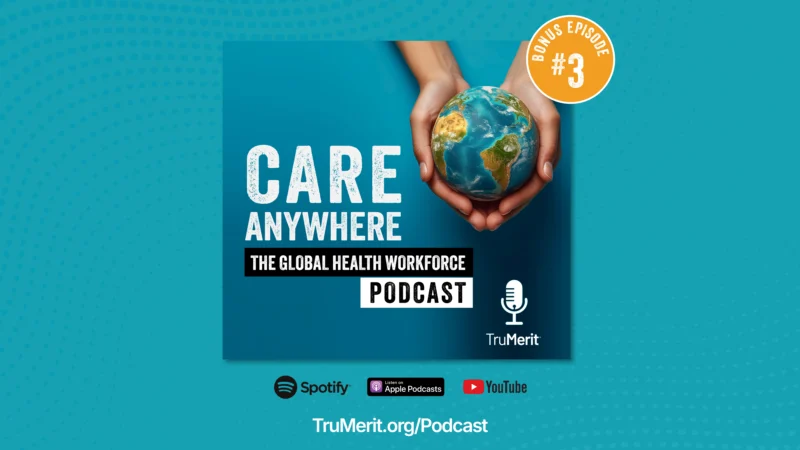Can Intermittent Fasting Help You Lose Weight And Provide Other Health Benefits?
While it has been widely promoted as a weight loss strategy, research suggests that intermittent fasting may have broader benefits for overall health and well-being. A study published in the New England Journal of Medicine found that Intermittent Fasting can help lower blood pressure, improve insulin sensitivity, and reduce the risk of chronic diseases such as diabetes and heart disease.
Another study in the journal Cell Metabolism found that Intermittent Fasting can increase the production of a protein called brain-derived neurotrophic factor (BDNF), which is essential for the growth and maintenance of neurons in the brain.
Despite these promising findings, new research found that intermittent fasting may not be as beneficial for weight loss as previously thought while another study found that that it does not bring the same health benefits as other weight loss programs.
These new findings leave lots of questions unanswered. Does intermittent fasting help with weight loss and provide other health benefits or is it just another fad diet targeted to those who are looking to lose weight? Kimberly Gomer, director of nutrition at Body Beautiful Miami, is a leading nutritional expert in weight loss and medical nutrition for over 2 decades. She brings her years of experience to the discussion and offers her in-depth analysis of this dietary strategy.
Kim’s Thoughts:
I love this article on intermittent fasting because it brings to light an unknown idea for a lot of people. I do believe from the science, looking at the science, that there is benefit to time-restricted eating. So, you’re fasting for a certain amount of time and then you’re eating. The idea that immune autophagy maintaining muscle mass is a possibility with fasting.
But the exciting part for me as a nutritionist is the stability of blood sugar. Because high insulin levels, high blood sugars are a huge problem in the United States—we are looking at one in three people with prediabetes. We are looking at one in 10 people with diabetes, and we are looking at one in five people who don’t even know they have it.
So, this idea that we can lower insulin levels and we can stabilize blood sugar and do it through an intermittent fasting lifestyle, is amazing. And part of the science behind it is that when you are not eating, be it sleeping or just not eating, your insulin is very low. It’s the lowest when you’re not eating so allowing for a time that you are not eating in your day to be extended and eating only in a certain window, there are a lot of health benefits.
The problem that I see with some of these articles and understanding how they would apply to you as an individual is the fasting times are all over the place. Are you fasting for 18 hours a day? Are you fasting for 16 hours a day? Are you fasting for 12 hours a day?
Is your eating window very short? One to three hours or long eight hours. So, this idea of what is the best fasting and eating window is still not clear in some of the research, and more important in my mind, yes, intermittent fasting is a great tool. I use it in my private practice as a dietician with a lot of success.
But one thing that has to come with it is what are you eating? We live in a world of obesogenic food, highly processed, unhealthy food. So, some of my clients actually think, some people think well I can fast for 20 hours and for four hours I can go and eat fast food and eat junk, and I’m going to be healthy and thin. Not true.
So, I love intermittent fasting, I think we need more and more research about it. I think people need to be clear about what will work for them, how the tool can work for them as an individual, and more importantly, be clear about what they’re actually eating during their window. Again, I’m going to say I think that intermittent fasting is an awesome tool.
I’m so happy to see research being published. More research needs to be done and I think it can be very useful for a lot of people. Thank you.








